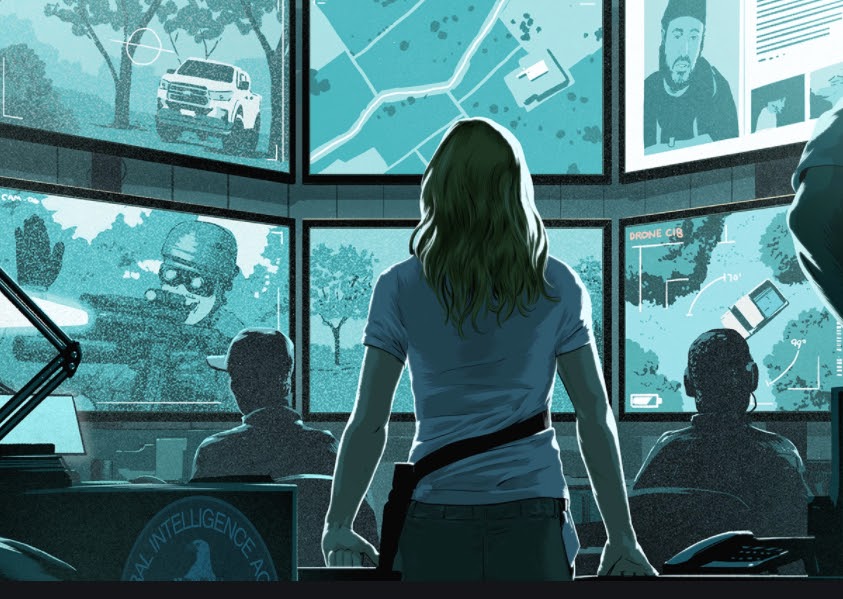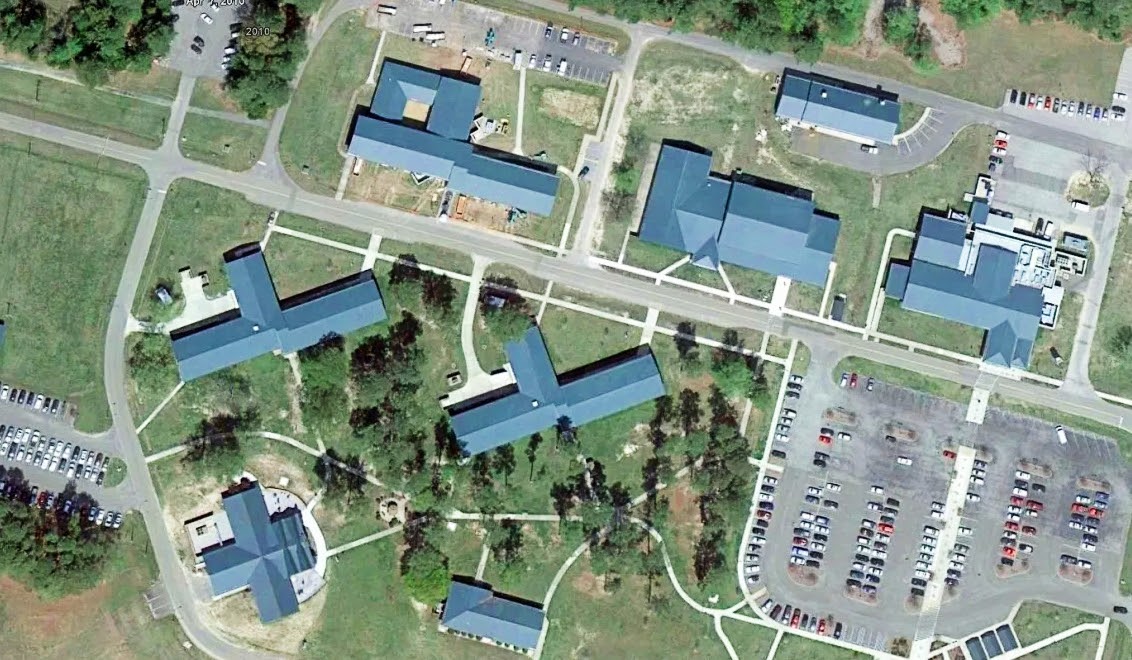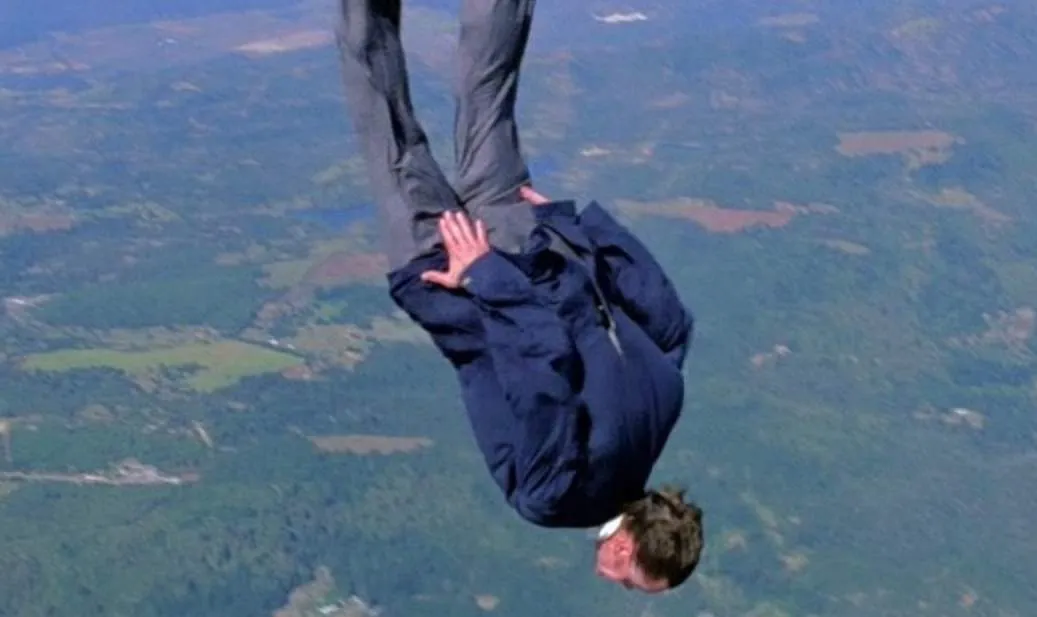Spy School Confidential: CIA Officers Spill Secrets About ‘the Farm’
If you want to operate in the big leagues, you’ll need top spy tradecraft. That’s why US intelligence operatives practice dead drops, brush passes, and surveillance skills in the most elite spy training program on Earth.
Top candidates spend at least six months at the Farm, the ultra-secret 9,000-acre military base in Virginia where spies master 007-style skills from shooting Glocks and M4s to parachuting, speed boating, and recruiting assets. It's not all about spooking and sleuthing, however.
"At the Farm, they actually teach you meditation, which is so out of whack with everything else you learn," former CIA officer Amaryllis Fox told SPYSCAPE's The Spying Game podcast. "And it also just allows you to be quiet enough that you can hear yourself. And I think that can be difficult when you're in this constant game of pretend. And it's something that I've kept up. I left a decade ago. Now it's a completely different game from when I left. I'm sure none of the tradecraft that I learned is even relevant anymore, but that particular skill is very, very relevant."

"The brand new social experience where you activate your gaming skills as you train like a spy."
- TimeOut
Take on thrilling, high-energy espionage challenges across different game zones.

The Farm: the first steps
CIA training doesn’t actually begin with a daring ski chase down the crest of a Swiss glacier while dodging a megalomaniacal Russian villain. In fact, depending on the role, it can start by driving a desk.
“Just sitting in a cubicle in your office, really, getting to know what they're doing there. That's actually how everyone's training begins,” Tracy Walder, an ex-CIA and FBI officer told SPYSCAPE’s True Spies. “I was looking at terrorist training camps in Afghanistan, providing targeting packages to the Department of Defense - things like that, monitoring those camps.”
For Walder, then a 22-year-old fascinated by terrorism, it was a dream come true. As it turned out, it was also an excellent launching pad for her first big assignment.
Walder was put to work in ‘The Vault’, a highly secretive operation center at the heart of the CIA’s HQ in Langley, Virginia on September 12, 2001, one day after 9/11: “I felt a little sad, but I also think I felt somewhat energized because I felt like I could do something and make a difference.”

Training days at the CIA Farm
CIA training is more tactile for field operatives, but old-school spycraft is still on the syllabus. Fox, a former CIA officer who worked undercover in Karachi and Myanmar, described the coaching in her 2019 memoir Life Undercover: “My small band of classmates and I run around D.C. at all hours of the day and night, marking signal sites with chalk and identifying the license plates of the cars that trail us.”
Fox’s first operational assessment involved a ‘bump’ with a fictitious Kazakh civil servant - locating him, seemingly by accident, and conjuring up a reason for a second meeting to build a relationship for intelligence-gathering.
After passing several tests, Fox was invited to spend six months at the Farm, isolated from her family and living under an assumed name. Fox described her new home - widely believed to be part of Camp Peary - as a ‘simulated Truman Show set in the fictional Republic of Vertania with a fake US embassy, a town square, and a mock news channel resembling CNN.
“Soon our every night’s sleep is interrupted by urgent walk-ins reporting imminent threats and simulated terror attacks. We’re under constant surveillance, pitted against one another,” Fox said.
One of the tests involved recruiting assets - in other words, turning foreigners into CIA spies - by taking them through the six-step CIA cycle known as SADRAT: spot, assess, develop, recruit, run, and terminate. SADRAT is the secret agent’s courting and wedding ritual which Ryan Hillsberg described in detail for True Spies: “Most normal people aren't going to propose [marriage] to someone unless they know they're going to say yes. And I think the same can be said with espionage.”
CIA recruits also learn signal and meeting techniques - lowered window blinds or arranging clandestine meetings by checking the online balance of Starbucks gift cards. There’s no detail too small when dealing with life and death situations. CIA students who lose an asset also lose their place at the Farm.

The CIA Farm: 007-style spy school
The action ramps up with courses on speed boat handling and defensive driving where trainees learn how to flip cars and respond within seconds if swarmed by armed militia fighters. Terrorist training is essential: "They leave fake roadside bombs around campus for us to identify; we indicate that we've found one by pulling over and popping our truck," Fox said.
Douglas London, a CIA officer for 34 years until he retired in 2019, recalled completing 12 weeks of military training, wearing camouflage and functioning as part of a platoon under the command of mainly grizzly old paramilitary veterans from the CIA’s Vietnam era: “We largely indulged their oft colorful conduct, particularly among one or two instructors whom we feared would kill us in our sleep at the onset of a PTSD flashback, or just for the pure joy,” London wrote in his memoir, The Recruiter.
He learned about explosives, booby traps, weapons, escape and evasion techniques, survival training, and interrogation. When it came to airborne training, London looked forward to the five parachute jumps. On his last leap, a strap wrapped around his leg and London sped to the ground head first. Luckily, he braced, curled, and survived. His classmates marked London’s inverted dive with a memorial pin - two upside-down boots protruding from the point on the ground where they expected London to impale himself.

Black boxes & CIA spies
Trainees also reportedly learn how to withstand captivity and torture, although the details are closely guarded secrets.
US Colonel Buz Carpenter, who flew a Blackbird spy plane during the Cold War, told SPYSCAPE that his Air Force training involved exposure to different types of interrogation techniques including black boxes and loud sounds: “I've been waterboarded. I understand those things.”
Toward the end of their time at the Farm, CIA recruits mix in weapons qualifications and urban combat.
“Glock and M4,” Fox said. “Training in urban-combat scenarios, the faux city blocks, stocked with dummies - some legitimate targets, most dressed as local men, women, or children. Hit a civilian and we’re out. Even the actual targets have to be given first aid.”
As quickly as it begins, a siren blares signaling the end of the six-month course. That isn’t the last glimpse of the Farm for some, however.

CIA Denied Area Course
“Surveillance detection is a fine art. There's probably nothing we studied more at the Farm or during the Denied Area Course than how to do that,” James Olson, former CIA chief of counterintelligence and Moscow chief of station during the Cold War, told True Spies.
For Olson, a seasoned spy, the Denied Area Course involved advanced training at the Farm and a year of intense preparation where he was exposed to stressful situations he’d face in the field - screaming, impossible deadlines, and 24-7 surveillance among them. Olson and his wife Meredith, also a CIA agent, even lived in a CIA-bugged apartment to mimic what life would be like in Soviet Russia where the walls had ears and eyes.
All the while, psychologists evaluated their every move: “Part of the objective of the training was to winnow out those that couldn't withstand the kind of pressure of operating under surveillance, under constant pressure, with no margin for error and the consequences of a mistake being literally fatal,” Olson told True Spies.

CIA spy training for foreign assignments
Technical officers at the Farm also developed the ultimate mission simulation for Olson, using satellite imagery taken during the construction of an underground Russian cable so he could learn how to tap into it and gather intelligence. The Farm designed a piecemeal recreation of the Moscow manhole and the trench beneath it, along with alarms Olson might need to pass through and Russian padlocks he might need to pick.
During a dry run, Olson dropped a knife. He bled profusely but carried on - only to flunk for leaving telltale blood at the simulated site. Eventually, however, Olson successfully completed his real-life Moscow mission.
As for Ryan Hillsberg, the ex-CIA operations officer who convinced foreigners to risk their lives to work as CIA agents, it wasn’t until several years into his career that Hillsberg fully understood and utilized all of the tools, training, and knowledge learned at the Farm. Hillsberg spent 13 years living in the psychological ‘gray’ zone, walking the tightrope between loyalty and betrayal.
“Being able to wade through that grayness is probably one of the key things to get through the Farm because there's never a right answer,” he said. “The answer is - and this is actually used at the Farm every single day, every operations officer, every intelligence officer knows this phrase - and the phrase is, ‘it depends’”.
***
Tracy Walder, an ex-CIA officer and FBI special agent, is an expert on weapons of mass destruction, security, foreign policy, and counterintelligence. She is available for both consulting and speaking engagements, and can be contacted via SPYEX.
Ex-CIA operations officer and SPYEX consultant Ryan Hillsberg is an expert on corporate security, insider threats, espionage, executive recruiting, and parenting. He is available for training, consulting, and speaking engagements.
Col. Adelbert ‘Buz’ Carpenter is an ex-USAF combat and instructor pilot. He is also an expert on aviation, STEM education, intelligence, and the military. Contact SPYEX to connect with Buz Carpenter.
SPYSCAPE+

Join now to get True Spies episodes early and ad-free every week, plus subscriber-only Debriefs and Q&As to bring you closer to your favorite spies and stories from the show. You’ll also get our exclusive series The Razumov Files and The Great James Bond Car Robbery!


Gadgets & Gifts
Explore a world of secrets together. Navigate through interactive exhibits and missions to discover your spy roles.
Your Spy Skills
We all have valuable spy skills - your mission is to discover yours. See if you have what it takes to be a secret agent, with our authentic spy skills evaluation* developed by a former Head of Training at British Intelligence. It's FREE so share & compare with friends now!
* Find more information about the scientific methods behind the evaluation here.


Stay Connected
Follow us for the latest
TIKTOK
INSTAGRAM
X
FACEBOOK
YOUTUBE